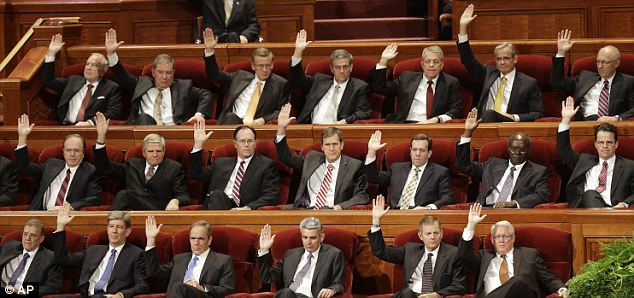Netflix has made the old Mark Hoffman forgeries a part of it’s dialogue lately. I wanted to share some information with you that may help you navigate the critical importance of Church Leaders and how they help us learn how to receive personal revelation.

Honesty and trust in others is a big part of The Church of Jesus Christ of Latter-day Saints. We as members feel it is critical to be honest in our dealings with everyone and in return we sometimes falsely believe others. In other words we are gullible and sometimes naïve. From our own personal experiences we feel most people are trustworthy. The sad thing today is it’s getting harder to believe that. When I was in my teens I believed the Government was 90% honest. Today, it may be 5%. Evil has darkened our door in a huge way. That doesn’t mean government was 90% honest, that was just my perception.
An Act of Faith
“Sustaining is a sacred action that connects membership of the Church to Church leaders, says Elder Gary E. Stevenson. With more than 16 million members of The Church of Jesus Christ of Latter-day Saints, relatively few Church members will ever speak face to face with an Apostle or shake an Apostle’s hand. But every member has the opportunity to make a personal connection with these and other Church leaders through his or her formal sustaining vote and daily sustaining actions, says President M. Russell Ballard, Acting President of the Quorum of the Twelve…
“I love the imagery of arms to the square and the meaning behind that,” says Elder Jeffrey R. Holland. For the Apostles, being sustained by the members of the Church is spiritually akin to receiving life-giving food, he adds. “Every voice counts and every helping hand looked to. No one has to serve alone in the Church, whatever our calling.”
A Long-Standing Practice
Sustaining the Apostles is a latter-day practice that dates back to Restoration of the gospel of Jesus Christ. From the first day, early Saints were invited to consent to the calling of Church leaders and to sustain them in that calling.

On April 6, 1830, Joseph Smith and his newly baptized followers gathered in a small log farm home belonging to Peter Whitmer Sr. in Fayette, Seneca County, New York.
Joseph stood and asked those participating if they desired the organization of The Church of Jesus Christ of Latter-day Saints.
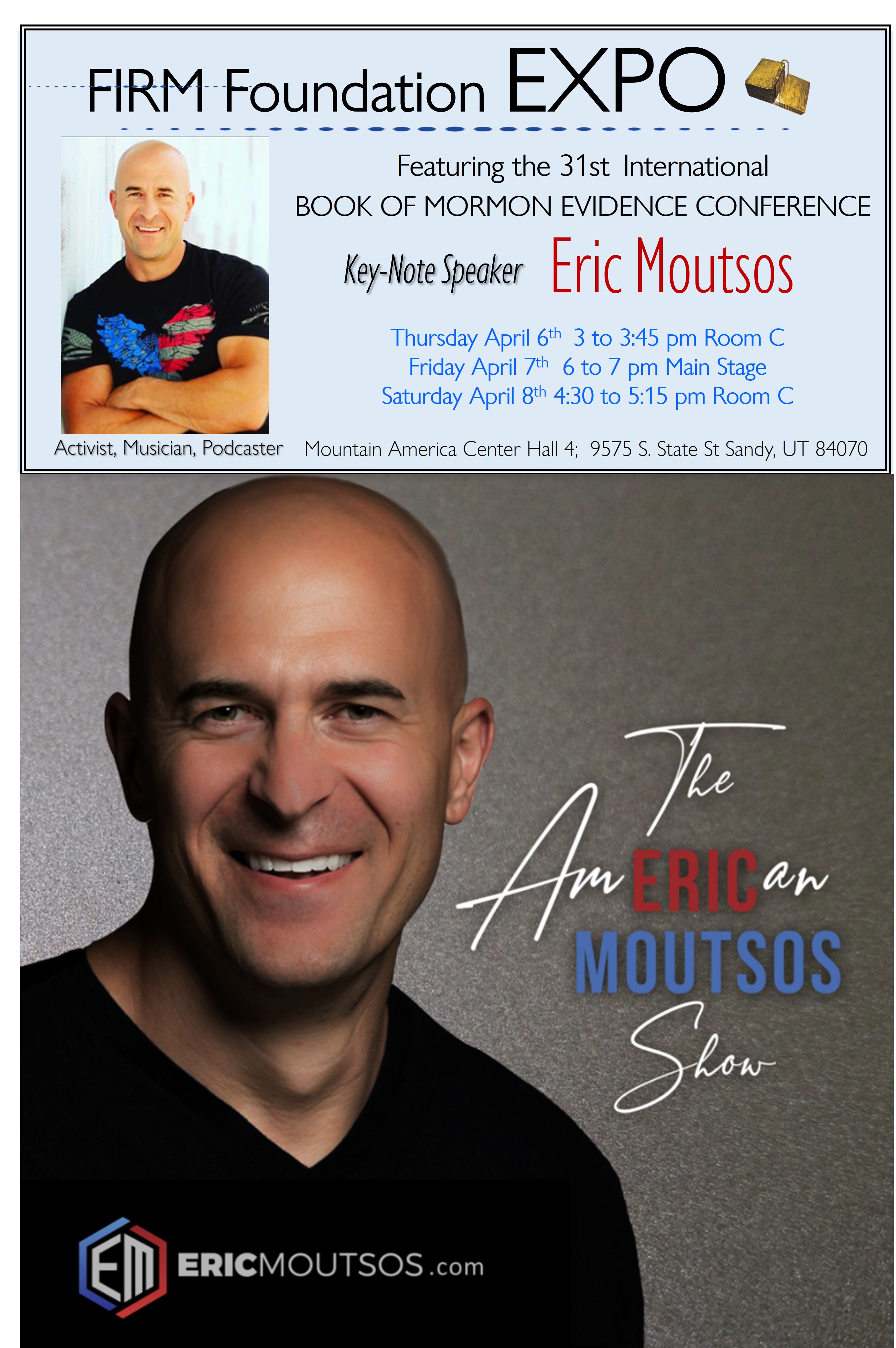
Exercising the principle of common consent, the new members raised their hands and consented by unanimous vote. Next they consented to accept Joseph Smith and Oliver Cowdery as their teachers and spiritual advisers.
“Membership in the Church is a very personal matter,” notes Elder Holland. “Every individual counts. That is why we function on the principle of common consent. We want everyone to have an opinion, to express him or herself, and to be united in going forward.” How Can We Sustain Our Leaders? By Sarah Jane Weaver and Jason Swensen Church News
Ezra Taft Benson

“Suppose a leader of the Church were to tell you that you were supporting the wrong side of a particular issue. Some might immediately resist this leader and his counsel or ignore it, but I would suggest that you first apply the fourth great civic standard for the faithful Saints. That standard is to live for, to get, and then to follow the promptings of the Holy Spirit.“
Said Brigham Young: “I am more afraid that this people have so much confidence in their leaders that they will not inquire for themselves of God whether they are led by Him. … Let every man and woman know, by the whisperings of the Spirit of God to themselves, whether their leaders are walking in the path the Lord dictates, or not.” (JD, vol. 9, p. 150.)”
The leaders of the Church of Jesus Christ of Latter-day Saints have not received revelation on every item of knowledge and truth, else what would our purpose be in life, than to just do what the Leaders say and that’s it?

Remember free agency is vital. We have to be able to choose good or evil as it is our choice. The Brethren make a few mistakes but not many. We can’t expect them to know everything, nor do they desire for us to learn only from them.
The Brethren have no say in whether they allow false doctrine in the church, some wrong ideas have to be part of the Church because of free agency. I believe in these last days the Brethren want us to listen to them of course and maybe even more personally to the scriptures and prayer than to just them. We will receive hundreds of answers for our personal edification this way. Don’t depend on the source of man but of God. Follow our leaders, sustain our leaders and accept their council after personal prayer and study on your own. Truth will match what the Brethren say in the great majority of issues.
“I think the Brethren are weaning us and guiding us to the source of all truth. Like a child, there comes a time when the parents have to allow their kids to make mistakes and seek guidance from God.
“I like the saying that the Catholic church teaches that the Pope is infallible, and few Catholics believe it. In the Church of Jesus Christ of Latter-day Saints, the general authorities teach us that the prophet is fallible and few of the LDS members believe it.” Kevin Price PhD
MY OPINION ON NEUTRALITY Rian Nelson
I think there is importance in the Brethren being neutral on Geography, Evolution and other difficult issues. They want us to gain our own witness to secondary information. They have given us sound doctrine and that is what we should focus on. I know through the Spirit that the Book of Mormon is true. However, I love to seek for other truth and as Moroni has said “I may know the truth of all things”.
I believe the Land of Promise spoken of in the Book of Mormon is the United States of America. The Constitution was created by the Lord, that Adam and Eve were placed on this same land and the New Jerusalem will be on this same land. No need for me to check out Mesoamerica anymore as I did for 40 years.
Just like Evolution. I don’t believe we came from an ape and I know that matter cannot come from nothing. I don’t have to look into science to figure this out, but by the witness of what the scriptures tell us.
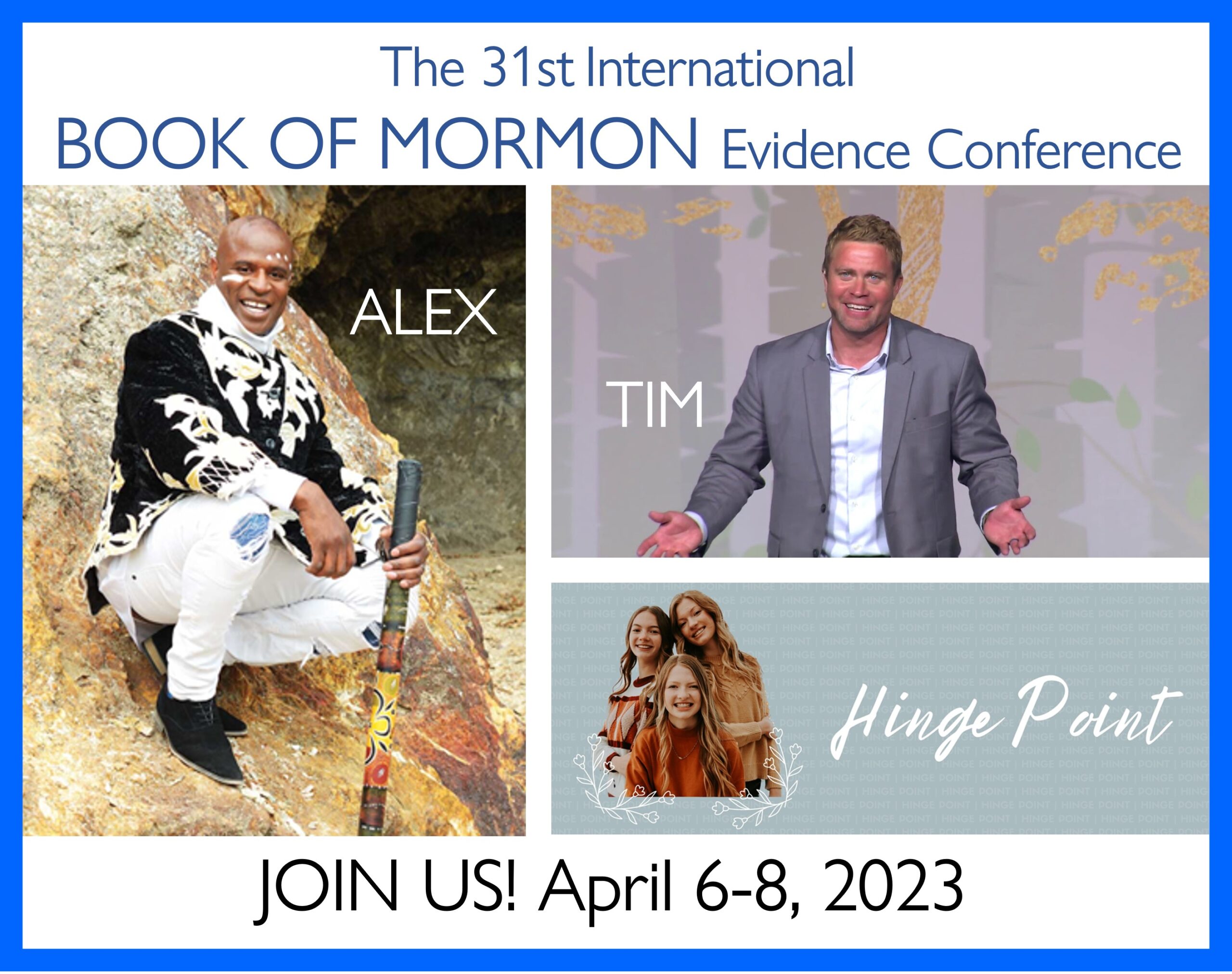
I don’t expect Pres Nelson to come right out and tell me where the Book of Mormon events happened or if we came from an ape, I know through sound reasoning the answer that makes most sense to me. Now if the Brethren say otherwise I would always listen to them first, but in my opinion the Church is neutral on difficult issues that exist to help each of us individually come to a knowledge of the “truth of all things” as promised in the Book of Mormon. I don’t need to be commanded in all things!
All the teachings from current Brethren and those before them and from the Prophet Joseph Smith are to be taken as given. They are guides to the answers I seek. I leave one example on believing that the United Sates is the Choice and Promised land, I quote Pres Nelson when he was President of the Quorum of the Twelve who said, “The Book of Mormon reveals that Joseph, the son of Jacob who was once sold into Egypt, foresaw the Prophet Joseph Smith and his day (see 2 Ne. 3:6–21) and noted that there would be many similarities in their lives. Centuries later, the Prophet Joseph stated, “I feel like Joseph in Egypt.” (The Personal Writings of Joseph Smith, ed. Dean C. Jesse, Salt Lake City: Deseret Book Co., 1984, p. 409; spelling modernized.) The Book of Mormon reveals that the inheritance of Joseph, son of Israel, was not forgotten when, as promised in the Abrahamic covenant, land was distributed to the tribes of Israel. Joseph’s inheritance was to be a land choice above all others. (See Ether 13:2, 8.) It was choice not because of beauty or wealth of natural resources, but choice because it was chosen. It was to be the repository of sacred writing on plates of gold from which the Book of Mormon would one day come, choice because it would eventually host world headquarters of the restored church of Jesus Christ in the latter days.” A TREASURED TESTAMENT By Elder Russell M. Nelson Of the Quorum of the Twelve Apostles
I leave you with true words of a prophet, “Whenever I hear anyone, including myself, say, “I know the Book of Mormon is true,” I want to exclaim, “That’s nice, but it is not enough!” We need to feel, deep in “the inmost part” of our hearts, that the Book of Mormon is unequivocally the word of God. We must feel it so deeply that we would never want to live even one day without it. I might paraphrase President Brigham Young in saying, “I wish I had the voice of seven thunders to wake up the people” to the truth and power of the Book of Mormon.” President Russell M. Nelson The Book of Mormon: What Would Your Life Be Like without It? By Rian Nelson
Hoffman, Church history, Saints, and President Oaks by Jonathan Neville
“The Mark Hoffman saga is in the news because of the Netflix documentary. Let’s look at some parallels between the Hoffman problem with fake documents and the ongoing suppression of Church history designed to promote M2C and SITH. In response to the Hoffman events, President Oaks delivered a detailed, masterful address, which you can read here: Recent Events Involving Church History and Forged Documents (churchofjesuschrist.org) Here are excerpts from that talk (in blue), along with my commentary (in red).  What interested me most was the fact that these forgeries and their associated lies grew out of their author’s deliberate attempt to rewrite the early history of The Church of Jesus Christ of Latter-day Saints and that so many persons and organizations seized on this episode to attempt to discredit the Church and its leaders. [emphasis added] Deliberate attempts to rewrite the early history continue, but now it’s the Church History Department doing the re-writing. For many years, certain LDS historians have sought to rewrite the early history of the Church. Richard Bushman explained: “The downside of that is that there is developing in the scholarly world a view of church history. It’s out of kilter with the church version, what’s told in Sunday school class. All sorts of things that don’t fit together such as the seer stones in the hat, or many, many other things.” https://medium.com/@jellistx/transcript-of-claudia-and-richard-bushmans-remarks-at-faith-again-e9d03bdea0e3 Now the problem has reversed. Correlated Church history, such as the Saints books, is “out of kilter” with authentic historical documents and events. Why? So far as I can tell, the only reason is to promote modern narratives, including M2C and SITH. Yesterday I showed specific examples regarding Cumorah. The Saints book, volume 1, quotes Lucy Mack Smith’s histories 127 times, but it deliberately omits every one of her references to Cumorah because the M2C citation cartel rejects the New York Cumorah. We see the same careful re-writing of Church history in the Gospel Topics Essays. There is a revolving door between the Church History Department and the M2C citation cartel (including BYU Studies and Book of Mormon Central), so naturally they work together and reinforce these narratives. That’s what makes it a cartel.  Consequently, well-meaning but uninformed Latter-day Saints don’t know that when Moroni first visited Joseph Smith, he identified the hill where the plates were concealed as Cumorah, even though this was widely known during Joseph’s lifetime and informed everyone’s writing and understanding at the time. By omitting Cumorah from the historical record, our LDS historians have distorted Church history and created a new version that (i) accommodates M2C but (ii) contradicts the historical record. This leads to preventable confusion among new, former, and prospective members. The same thing has happened with the discrepancies between the Urim and Thummim and seer (or “peep”) stone accounts. (SITH=stone-in-the-hat.) Like the Gospel Topics Essays, the Saints book deliberately omitted Lucy Mack Smith’s accounts of Joseph using the Urim and Thummim. Instead, it cites much later accounts from David Whitmer and Emma Smith, both of whom had ulterior motives for promoting SITH (i.e, refuting the Solomon Spalding theory). For example, Saints merely says “Another letter informed David that it was God’s will for him to bring his team and wagon to Harmony to help Joseph, Emma and Oliver move to the Whitmer home in Fayette, where they would finish the translation. “However, Lucy explains that they made the request because Joseph received a commandment through the Urim and Thummim to do it. “an intimation that was given through the urim and thumim for as he one morning applied them to his eyes to look upon the record instead of the words of the book being given him he was commanded to write a letter to one David Whitmore [Whitmer] this man Joseph had never seen but he was instructed to say [to] him that he must come with his team immediately in order to convey Joseph and Oliver [Cowdery] back to his house which was 135 miles that they might remain with him there until the translation should be completed for that an evil designing people were seeking to take away Joseph’s life in order to prevent the work of God from going forth among the world” https://www.josephsmithpapers.org/paper-summary/lucy-mack-smith-history-1844-1845/100 “Not far from this time, as Joseph was translating by means of the Urim and Thummim, he received instead of the words of the Book, a commandment to write a letter to a man by the name of David Whitmer, who lived in Waterloo; requesting him to come immediately with his team, and convey them [3 words illegible] (Joseph & Oliver) to Waterloo; as an evil designing people were seeking to take away his (Joseph’s life), in order to prevent the work of God from going forth to the world.” https://www.josephsmithpapers.org/paper-summary/lucy-mack-smith-history-1845/156 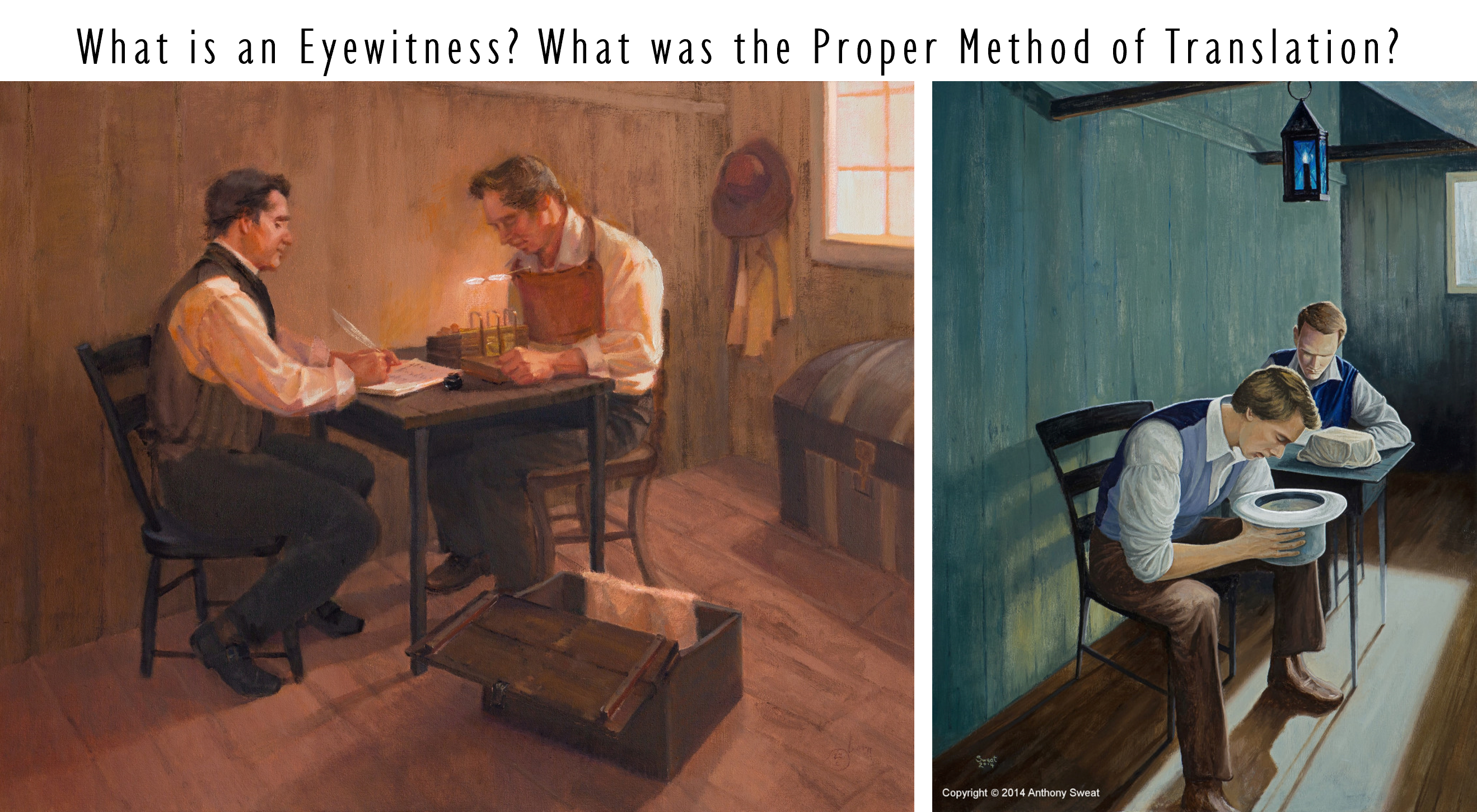  Saints omits these and related passages because they contradict the currently fashionable narrative that (i) Joseph merely dictated words that appeared on the seer stone in the hat (SITH); (ii) Joseph didn’t even use the plates, which remained concealed under a cloth the entire time; and (iii) Joseph didn’t really translate anything anyway. And, of course, Saints completely omits the account of David, Joseph and Oliver meeting the messenger on the road to Fayette. In his knapsack, the messenger had the abridged plates that Joseph had given him in Harmony. He declined a ride to Fayette, explaining he was taking the plates to Cumorah. Joseph identified him as one of the Nephites. But instead of relating these detailed historical accounts, Saints elaborated on the sketchy account of the same messenger showing the plates to David’s mother Mary. To make it worse, Saints concocted a fake quotation! “My name is Moroni,” he said. Except that is a fictional quotation and contradicts what Mary Whitmer herself said, that the messenger identified himself as “Brother Nephi.” It also contradicts Joseph Smith’s identification of the messenger as “one of the Nephites,” an identification he made more than once. David Whitmer, who actually conversed with both this messenger and Moroni on separate occasions, clearly differentiated between the two individuals, but Saints changes Church history to portray the resurrected Moroni as capable of changing his appearance, age, and physical size for unknown reasons. Obviously, that raises important questions about the doctrine of the resurrection. In a sardonic sense, it’s funny to see how the historians manipulated the history to reach this result. For example, in note 16 (page 595), they cite David Whitmer Interviews, 26-27. That book is long out of print and difficult to obtain, but I have a copy. On page 182 of the same book, which Saints does not reference, David says “Joseph looked pale almost transparent & said that was one of the Nephites and he had the plates of the Book of Mormon in his knapsac.” Why deprive Church members of this interesting and relevant information? Recall, this was the messenger who said he was going to Cumorah before going to Fayette. Because the M2C citation cartel insists Cumorah cannot be in New York, our historians decided we should not be informed about this event. They must accommodate M2C at all costs. I’ve shown before how the book Opening the Heavens went so far as to deliberately falsify this same history. Which brings us back to President Oaks’ talk. The Church operates under a divine mandate to acquire and preserve the documents and artifacts that show its history… We are deeply indebted to the Joseph Smith Papers project to preserve our history. Despite the notes and annotations that, in some cases as I’ve discussed, seek to promote M2C and SITH, at least we have the actual documents that the historians cannot change. The historians can and do omit relevant documents from correlated materials such as the Gospel Topics Essays, Saints, and lesson manuals, but anyone can go to the original documents and see for themselves what Joseph Smith and his contemporaries said, did and thought, as much as the historical record can reveal. It seems to me that the mandate is not only to acquire and preserve the documents, but also to accurately convey them to Church members and the world as a whole. When it comes to M2C and SITH, though, that does not seem to be the case. “In order to perform their personal ministries, Church leaders cannot be suspicious and questioning of each of the hundreds of people they meet each year. Ministers of the gospel function best in an atmosphere of trust and love. In that kind of atmosphere, they fail to detect a few deceivers, but that is the price they pay to increase their effectiveness in counseling, comforting, and blessing the hundreds of honest and sincere people they see. It is better for a Church leader to be occasionally disappointed than to be constantly suspicious.“  Here, President Oaks gives us an exceptionally important insight. I agree that Church leaders should be able to trust the Church historians and scholars to be open and honest in their portrayal of Church history. But when we see the type of omissions we see in Saints, and no effort to correct those omissions when pointed out, it is difficult to continue to trust those historians who are promoting an agenda instead of accurately reporting history. It’s even worse with the Gospel Topics Essays, as we’ve discussed many times. Fortunately, some of those have been edited (albeit without notification) from time to time to correct mistakes, but they still reflect specific agendas of the scholars who wrote them. There is a long way to go to making those essays reliable and credible. I observed that “historical and biographical facts can only contribute to understanding when they are communicated in context.” This is the work of the scholar. We would all be better informed about history if historical impressions came from the articles and books of mature and objective scholars rather than through the often sensational and always incomplete “stories” of journalists. Sound historical work takes time, but patience is rewarded. This is another important point. My basic life philosophy is that eventually, the right thing happens. A lot of Latter-day Saints are impatient with the revisionist Church history we are expected to believe, even though it contradicts the historical record and the teachings of the prophets. Nevertheless, we remain hopeful that these things will be corrected and revised over time. In the meantime, we can read the original sources ourselves and see how the writings of both critics and correlated materials vary. Fortunately, the actual history is the most faith-affirming of all. When it comes to naivete in the face of malevolence, there is blame enough to go around. We all need to be more cautious. In terms of our long-run interests in Church history, we now have the basis, and I hope we have the will, to clear away the Hofmann residue of lies and innuendo. With that done, we should all pursue our search for truth with the tools of honest and objective scholarship and sincere and respectful religious faith, in the mixture dictated by the personal choice each of us is privileged to make in this blessed and free land. I bolded that last sentence because it epitomizes my approach to all of this. I strongly favor and encourage people making informed decisions. That’s why I don’t accept the revisionist history designed to accommodate M2C and SITH. That’s also why I disagree with the censorship-based editorial policies of the M2C citation cartel. I don’t expect LDS scholars to vary from their dogmatic enforcement of M2C and SITH. Book of Mormon Central, for example, has M2C embedded in its logo. After decades of promoting M2C, it is probably impossible, psychologically, for the scholars to become open to alternatives to M2C, let alone change their minds. But their intellectual rigidity doesn’t matter to those who, as President Oaks says, “pursue our search for truth.” Source: About Central America Jonathan Neville | March 5, 2021 URL: https://wp.me/p741A5-YW |
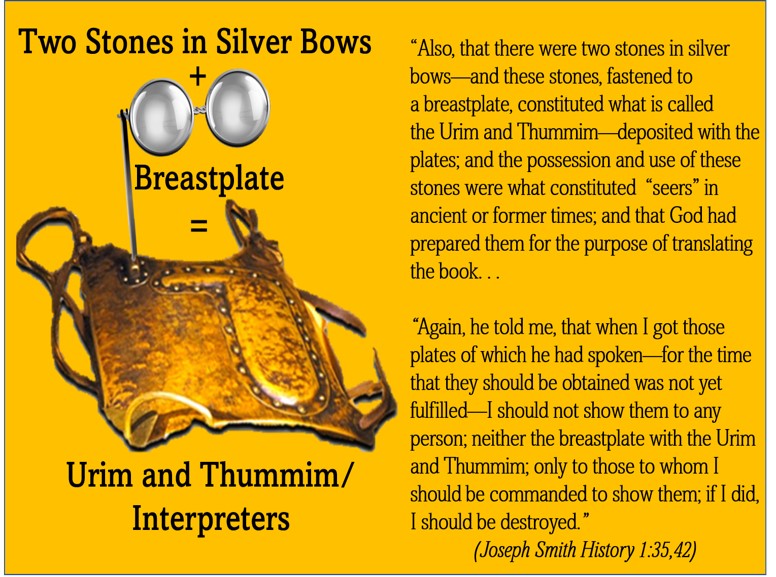 No Blind Faith
No Blind Faith
“We don’t know everything, so we have to have faith in many areas of life. But to rely solely on emotion or blind faith isn’t a good approach, in my view. Instead, to we should gather all available data to make the most-informed decision possible.
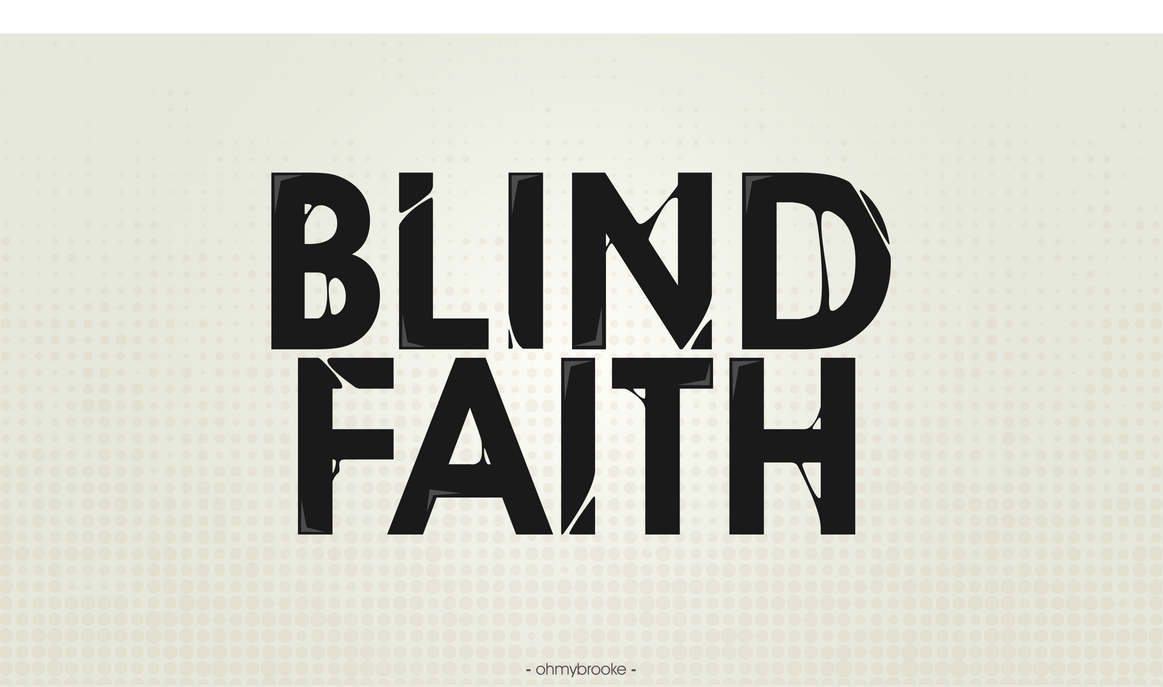
I’ve noticed that many LDS critics fall into this category — partisan, uniformed zealots — on many topics. They rush to judgment when an LDS official is accused of wrongdoing, for example (this has occurred recently online). Indeed, in my experience zealous LDS critics often assume the worst when the topic involves Joseph Smith or current leaders. More data or context isn’t needed. No way! They “know” the truth, and their mind’s made up.
This tendency — to assume the worst without evidence — is indicative of a problem. A lack of balance and sense of proportion. A willingness to be ignorant. Perhaps lacking understanding that they’re, in fact, ignorant. But being ignorant, nevertheless.

This tendency — to assume the worst without evidence— is indicative of a problem. A lack of balance and sense of proportion. A willingness to be ignorant. Perhaps lacking understanding that they’re, in fact, ignorant. But being ignorant, nevertheless.
If you’re too quick at either activity — to defend or to accuse — rather than gather the evidence fully, you might fall into the zealot camp. An overzealous and uninformed fan with lacks proportion, balance, and all the context…
And when questions arise relative to items in LDS history, please take the time to do the research. You shouldn’t immediately trust LDS critics, nor should you exclusively trust what your Uncle Bob might say about our own history (even if he’s an active member). Study things on your own. Weigh the evidence. And strive for balance and prudent understanding.
The best route is to follow the advise given in this podcast: always consider the best in other faiths and groups. Don’t knock down their weakest point. Appreciate their strongest point!” Partisan, Uninformed Zeal vs. Balance, Reason, and Prudent Use of Data, Why the LDS Church is True
Below is one of by blogs that will help you receive your own answers and learn to not just rely on the Prophet, other than for doctrine which we have revelation for.
ANSWERING A DEFENSE OF CRITICS
There are many complicated issues and the Church tells you about these things on their Gospel Topic Essays Here: Since the Church is neutral on some of these issues, you will have to study and pray about answers yourself.
Remember we humans including Bishops, Leaders and members make mistakes. Most of your answers should come from the scriptures and from the spirit of the Lord. You may not always feel you get answers that way, so at times we rely on the church websites or Ensign talks or quotes from the Prophets and Apostles, but then always take it to the Lord for confirmation. The quote I love is “you may know the truth of all things.”

